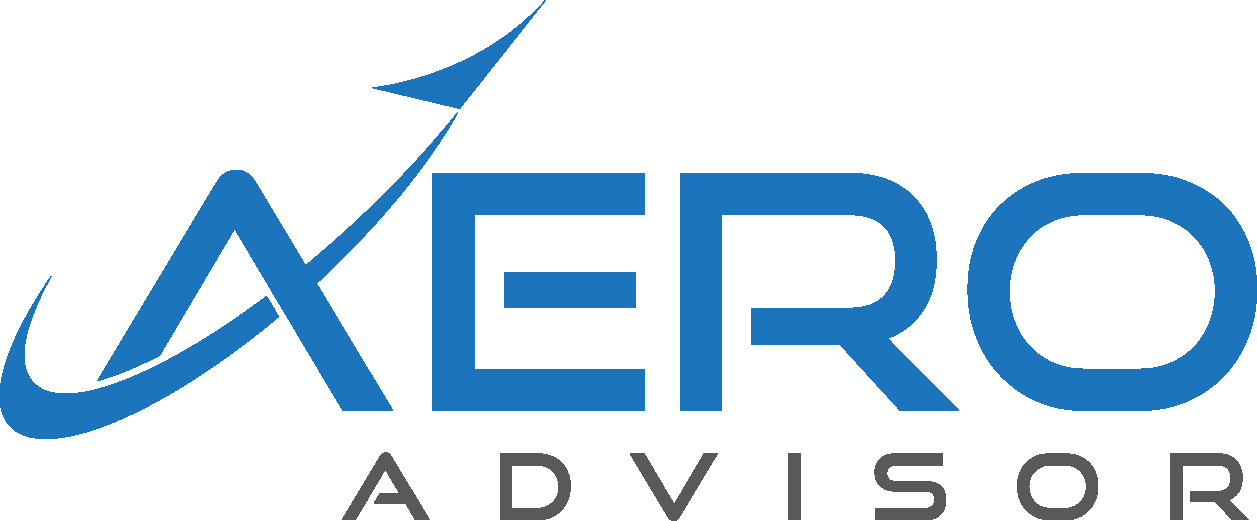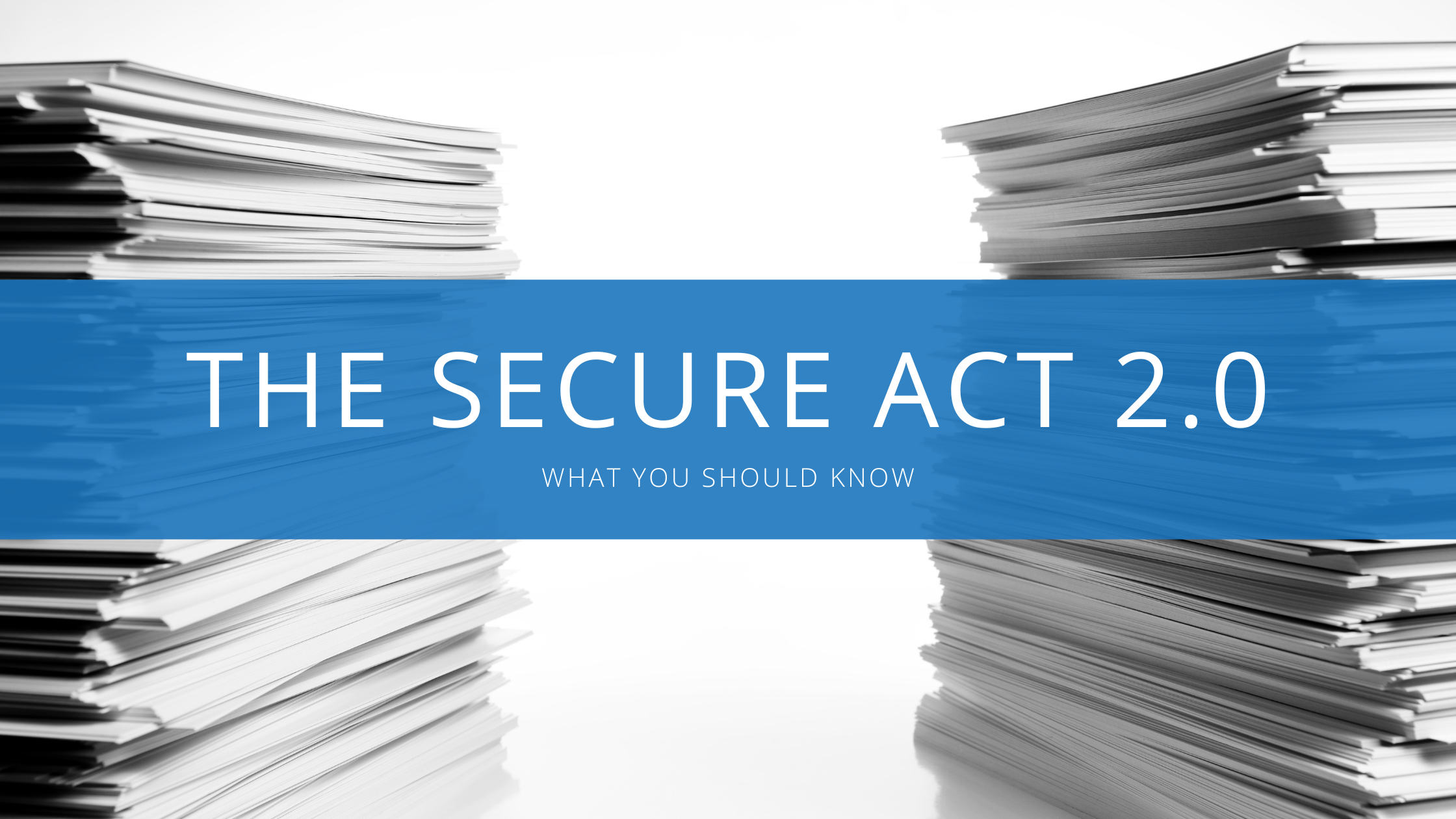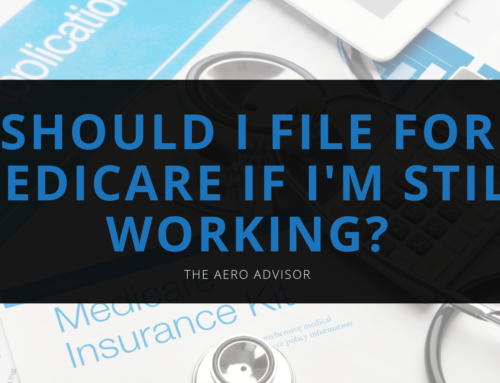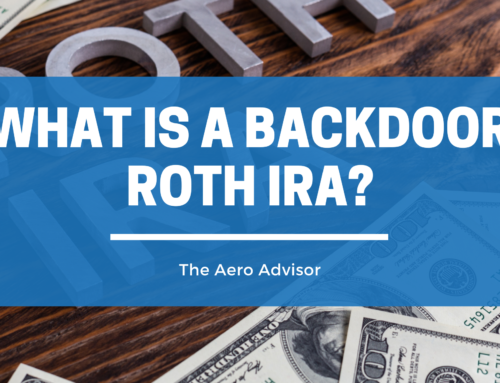Having trouble sleeping at night? Enjoy reading enormous stacks of congressional papers? Well, you are in luck! Last month, congress signed into law Secure Act 2.0, which made a few big adjustments to help Americans increase the amount of money they are saving for retirement. The entire bill was over 4,000 pages so I thought I’d summarize a just a few key points that might affect those getting close to retirement and those already living the retired life.
However – there were over 90 provisions in the bill that affect retirement plans so the below is in no part a comprehensive summary. Many of these provisions will have to be tweaked with further regulations once the IRS sees how they shake out.
RMDs
The bill increased the beginning date for Required Minimum Distributions (RMDs) from 72 for 73 starting on January 1st of 2023. What’s an RMD? That’s the amount that the IRS requires you to take out of your account of your retirement accounts each year. Basically, if you were born from 1951-1959, you’ll need to start taking the RMD at age 73. If you were born in 1960 or later, you’ll start taking them at age 75.
What you should know: There are a lot of differences in what accounts require RMDs, so make sure to check to see how your retirement income plan might have been affected by this change, especially if you are in your early 70s.
Catch-Up Contributions Increase
Once you hit age 50, you can put in extra money into retirement accounts (401k, Traditional IRA, etc.) over the normal limit. This “catch-up contribution” has stayed the same for a while ($6,500 in 401ks for example) and in 2023 that number will go up to $7,500. In 2025, a few more changes will take affect that will increase those numbers even higher if you are 60 and over. In 2024, they will also start adjusting catch-up contribution limit for inflation starting in 2024.
There are also some extra quirks for those making over $145,000 a year in the bill and how these catch-up contributions are put into the plan (pre-tax vs. after-tax).
What you should know: If you are maxing out that 401k and are over the age of 50, make sure you set a reminder in January of each year to log in to your account and make sure those are automatically adjusted. It might take some time for some of the 401k providers to get these changes updated, so make sure you are aware of what your new limits are.
529 Plan Rollover to Roth IRAs
In 2024, 529 plans (a savings account commonly used for college funding) can be rolled over to Roth IRAs. There are a lot of conditions to this one, including that the Roth IRA has to be in the beneficiary’s name (the beneficiary is usually the kiddo you are trying to save to send to college), the 529 account has to be open for at least 15 years and the maximum lifetime amount that can be moved to a Roth IRA from a 529 is $35,000.
What you should know: There are lots of ins and outs of this one but this might be a good option for some families if they have un-used college savings dollars and would like to roll them over to get their kiddo’s retirement funds a jump-start.
Qualified Charitable Distributions
Qualified Charitable Distributions (QCDs) allow individuals to remove assets from their retirement accounts and send them straight to charities without paying income taxes. One way the Secure Act 2.0 affected QCDs is by increasing the annual limit ($100,000 since QCDs became a thing in 2006) with inflation starting in 2024.
What you should know: Using QCDs can be a good strategy for you to satisfy your RMD from your retirement accounts if you make regular charitable contributions. Work with your tax professional and financial planner to see if they would be a good strategy for you. If you get close to the annual limit each year, make sure you keep track of the new limits when they could start increasing in 2024.
Roth Option for Simple/SEP IRAs
Some smaller employers offer Simple or SEP IRA accounts as opposed to 401ks. Secure Act 2.0 made Roth contributions to these plans available for participants.
What you should know: If you have a Simple or SEP IRA at your employer or have a small business that offers a Simple or SEP IRA, you should evaluate if future contributions should be made pre-tax or Roth (after-tax).
Again, there were A LOT of changes/provisions in this thing. Make sure you work with your financial planner/tax advisor to stay up to speed on how your financial picture might have been affected by these changes.
When you click on the links provided on this document, you are leaving this website. These other websites are away from our supervision and not subject to advertising review. All information is believed to be from reliable sources; however, LPL Financial makes no representation as to it’s completeness or accuracy.
See also: Secure Act 1.0
Can't find what you're looking for on our website? Have a question regarding your financial picture? Want to leave us some feedback? We would love to hear from you. You can email me at Brian@TheAeroAdvisor.com or fill out the form below.
By submitting this form, you are consenting to receive marketing emails from: . You can revoke your consent to receive emails at any time by using the SafeUnsubscribe® link, found at the bottom of every email. Emails are serviced by Constant Contact
LPL Tracking #1-05356000
The opinions voiced in this material are for general information only. They are not intended to provide specific advice or recommendations for any individual, nor intended as tax advice. We suggest that you discuss your specific situation with a qualified tax or legal advisor.






